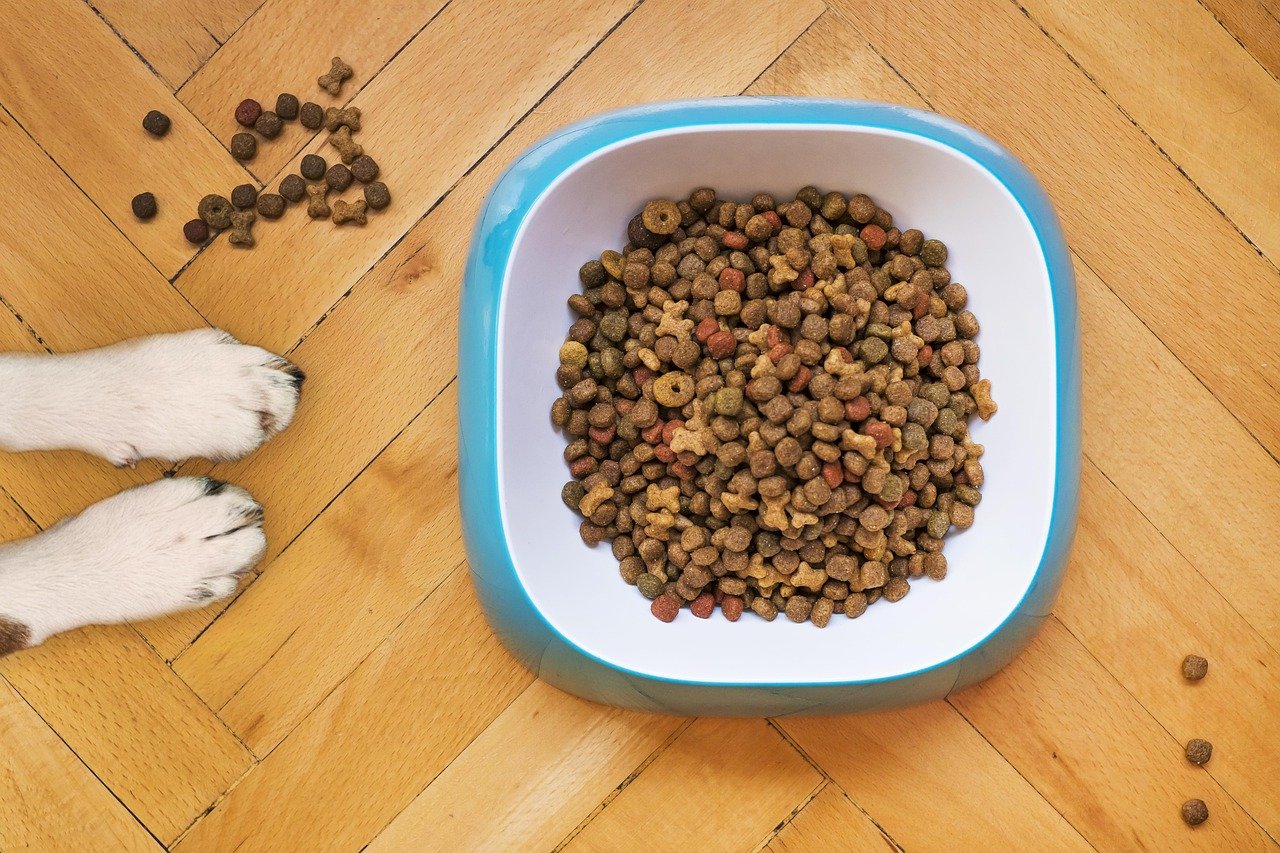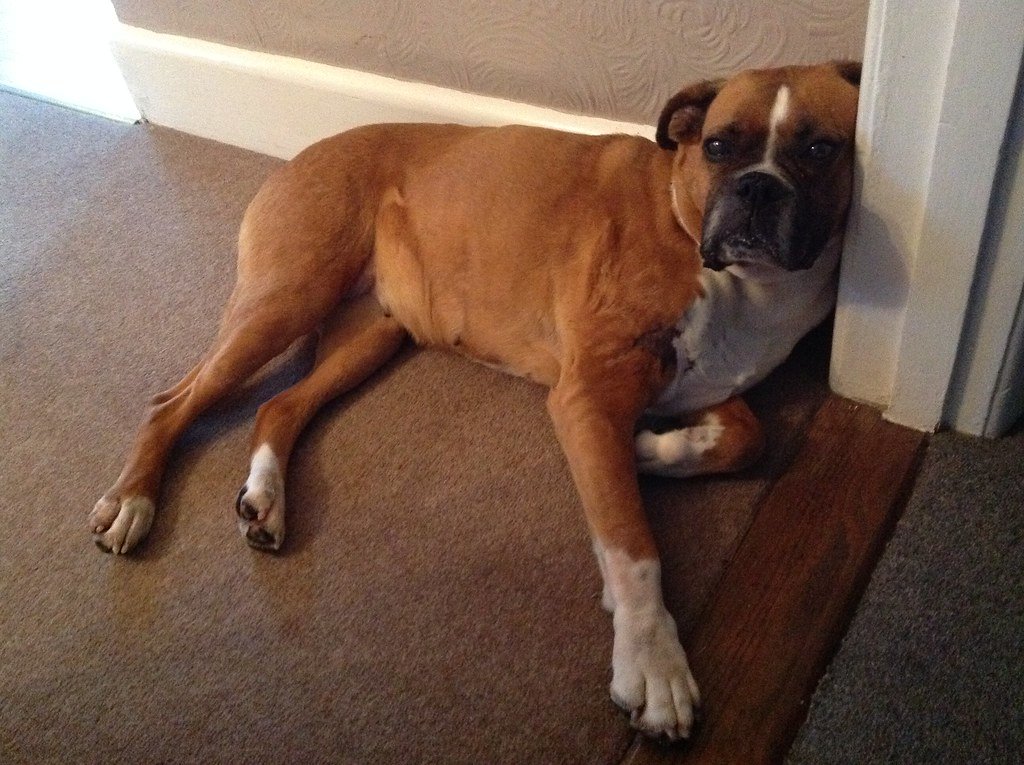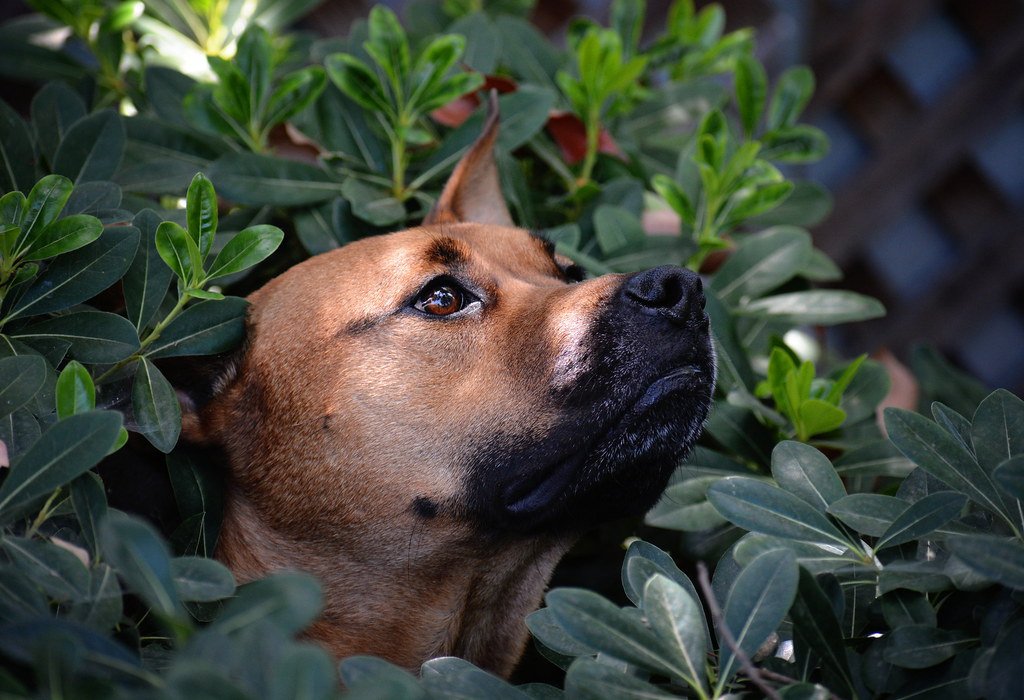Have you ever looked into your dog’s eyes and just known something wasn’t right? It’s a heart-twisting feeling, isn’t it? What makes it even more confusing is that dogs rarely cry out when they’re hurting. They’re masters at hiding pain—sometimes so much that we miss the signs until things get serious. If your furry friend seems “off” but isn’t whining or yelping, don’t brush it aside. Let’s explore ten subtle, surprising ways your dog might be telling you they’re in pain—without making a sound.
Reluctance to Move or Play
When your typically energetic pup suddenly turns into a couch potato, it’s a red flag. If your dog hesitates to jump onto the bed, climb stairs, or chase their favorite ball, pain could be holding them back. Imagine if every step felt like walking on Lego bricks—you’d probably slow down too! Dogs instinctively hide weakness, but a decrease in activity is one of the clearest signals something’s wrong. You might notice them lagging behind on walks or avoiding playtime altogether. This isn’t laziness or old age kicking in overnight—it’s often their way of protecting themselves from further discomfort. Keep an eye out for subtle changes in their willingness to move and interact.
Changes in Appetite

Dogs love their food, so if your four-legged friend suddenly turns up their nose at dinner, it should set off alarm bells. Pain, especially dental pain or abdominal discomfort, can zap their appetite. You may see them sniff their bowl and walk away or eat much slower than usual. Sometimes, they might drop food from their mouth or favor one side when chewing. Imagine biting into your favorite snack with a sore tooth—ouch, right? Even skipping a meal or two can be a sign that something deeper is going on. Don’t ignore changes in eating habits, as they often point to hidden pain.
Unusual Aggression or Irritability
Is your usually sweet dog suddenly snapping, growling, or hiding? Pain can transform even the gentlest pup into a grumpy grouch. When dogs are hurting, they may become protective of the sore area or just want to be left alone. If petting or picking them up elicits a snarl, it’s not bad behavior—it’s a plea for understanding. Picture yourself with a splitting headache and someone keeps poking you. You’d probably snap, too! Watch for increased sensitivity, sudden mood swings, or defensive behavior, especially when touched in certain spots.
Limping or Changes in Gait
A limp is a classic sign of pain, but it isn’t always dramatic. Sometimes it’s just a slight favoring of one leg or a stiffness when getting up from rest. Dogs might drag their paws, walk gingerly, or shift their weight awkwardly. Think about how you walk when you have a blister—each step is calculated. Whether it’s a subtle change or a pronounced limp, any alteration in how your dog moves warrants attention. Even young, active dogs can develop sprains, strains, or joint issues. Don’t chalk it up to “just getting older” too quickly—there’s often more beneath the surface.
Changes in Breathing Patterns
Pay attention to how your dog is breathing. Rapid, shallow, or labored breaths can signal discomfort or pain. Sometimes you’ll notice them panting even when they haven’t been exercising or it’s not warm. Pain, especially internal or chest pain, can make every breath feel like a challenge. If you see your dog sighing more, holding their breath, or breathing differently than usual, don’t ignore it. It’s their body’s way of asking for help, and it’s surprisingly easy to overlook unless you’re watching closely.
Restlessness or Trouble Getting Comfortable

Have you seen your dog circle and circle, then flop down only to get up again moments later? Dogs in pain often can’t find a comfortable spot. They may pace, shift positions constantly, or whine quietly while settling down. It’s like trying to find a comfy position on a bed of rocks—no matter how you turn, it just doesn’t feel right. If your dog is suddenly restless at night or seems unable to relax, pay attention. This behavior often appears with joint pain, tummy troubles, or other internal woes.
Excessive Licking, Chewing, or Biting
Dogs instinctively lick or chew at areas that hurt, much like how we rub a sore spot. If your dog is obsessively licking a paw, joint, or their belly, it’s a big clue something’s up. Sometimes they’ll even bite at the air or at themselves in frustration. Over time, this can cause bald patches, sores, or even infection. It’s their way of trying to “fix” what’s wrong, even if it doesn’t actually help. Don’t just chalk up excessive licking to boredom or allergies—sometimes, it’s their only way to draw your attention to hidden pain.
Changes in Body Posture
Watch your dog’s stance and posture. Dogs in pain might crouch, tuck their tail, hunch their back, or walk with a stiff, guarded gait. Sometimes, they’ll hold their head or neck at an odd angle, or their abdomen might seem tense and tucked up. Imagine carrying a heavy backpack all day—it changes how you stand and move. These shifts aren’t random; they’re instinctive attempts to shield sore spots or avoid making the pain worse. Even subtle changes are worth noting, as they often hold the key to what’s wrong.
Vocalizations That Aren’t Crying
While loud yelps and whines are obvious, dogs in pain often communicate more quietly. You might notice gentle whimpering, low groans, or even sighs. Sometimes, they’ll grumble softly when getting up or settling down. It’s easy to miss these softer sounds, especially in a busy household. Think of it as your dog “whispering” that something’s hurting. Pay close attention to any new or unusual noises, even if they’re not full-blown cries. These subtle vocal cues can be just as telling as a loud bark.
Withdrawal or Hiding

When dogs feel vulnerable, they often retreat to quiet, secluded spots. If your social butterfly suddenly spends hours under the bed or in the closet, don’t take it personally. Pain can make them seek solitude, away from noise and touch. It’s their way of coping and protecting themselves. Sometimes, they’ll also sleep much more than usual or seem disinterested in family activities. If you notice your furry friend withdrawing or hiding more than usual, it’s time to check in on their well-being.
No dog should have to suffer in silence. Recognizing these hidden signs can make all the difference in your dog’s health and happiness.
Jen is a passionate nature lover and ocean conservationist. She has dedicated her life to protecting the environment and preserving the beauty of the natural world. Growing up in a small coastal town, Jen sincerely appreciated the ocean and its inhabitants. She has spent countless hours exploring the shoreline, learning about the creatures that inhabit the waters, and advocating for their protection. Jen is an active member of ocean conservation organizations, and she is committed to educating the public about the importance of conserving wildlife and the natural environment.





